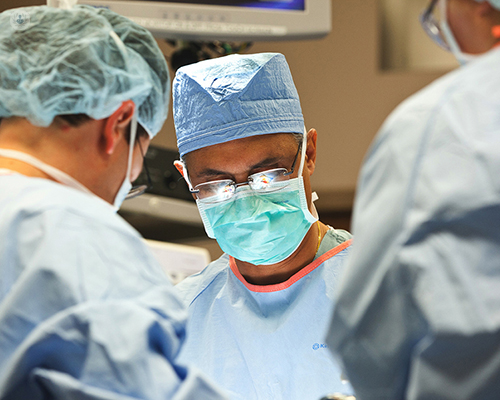



What is a heminephrectomy?
A heminephrectomy is the surgical removal of part of a kidney. This can be necessary if part of the kidney is damaged or not working properly, but the rest of the kidney can be saved. If too much of the kidney is damaged, the patient may need a total nephrectomy.
Why is it done?
Removing the unhealthy part of the kidney helps the remaining part to work better, which in turn helps to keep the entire urinary system working well and reduces the risk of problems like urine infections.
There are several things that can damage part of a kidney, including diseases, infections, and accidents. There are also problems that a person can be born with. One particular example is a condition called duplex kidney, in which the individual is born with a kidney with certain parts duplicated. If the ureter (the tube that drains urine from the kidney and takes it to the bladder) is also duplicated, this can lead to a number of urinary problems, and in some cases a heminephrectomy may be the best treatment, removing the duplicated ureter and other problematic duplicated tissue. Patients with a duplex kidney that requires treatment are often children.
What does a heminephrectomy involve?
The patient is usually rendered unconscious with general anaesthetic and may be given antibiotics to reduce the chance of infection during the surgery.
The procedure can be performed as open surgery or via laparoscopic (keyhole) surgery.
The surgeon locates the unhealthy parts of the kidney and identifies and controls the blood vessels that supply them, before disconnecting them. The associated ureter is also disconnected from the rest of the urinary system, and is removed along with the unhealthy kidney tissue.
The incisions are closed with dissolvable stitches.
Aftercare
If open surgery was performed, the patient will have a dressing on the site of the incision for a week or so. The doctor may prescribe pain medication. Patients should always follow their doctor’s instructions as to what medicine (if any) they should take and what activities they can engage in after surgery.
A follow-up appointment is usually set for a month or two after the procedure to check on the patient’s recovery process and make sure the treatment has been effective.